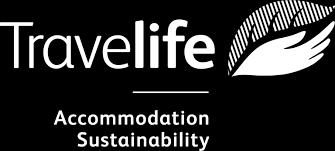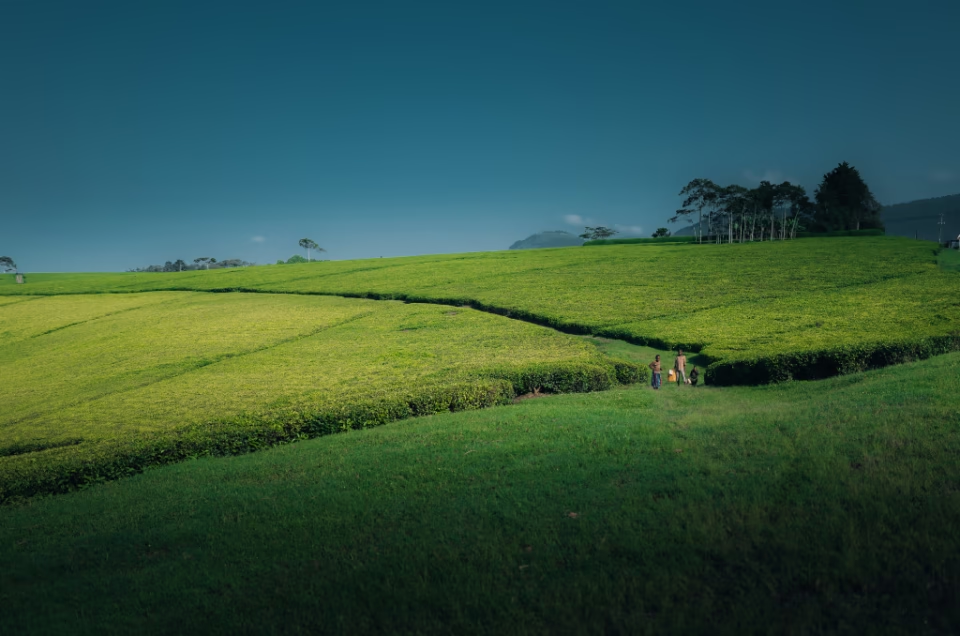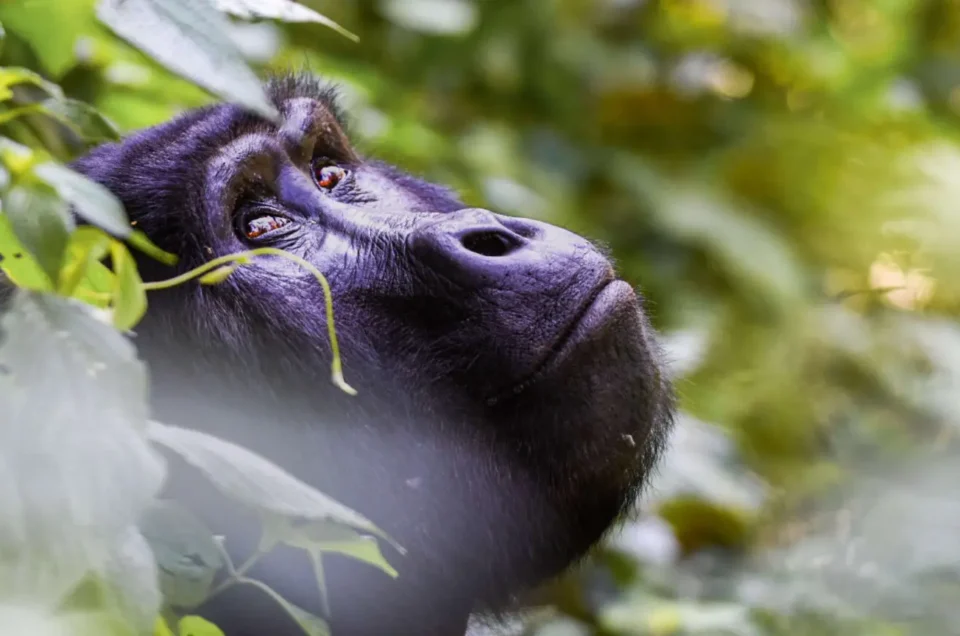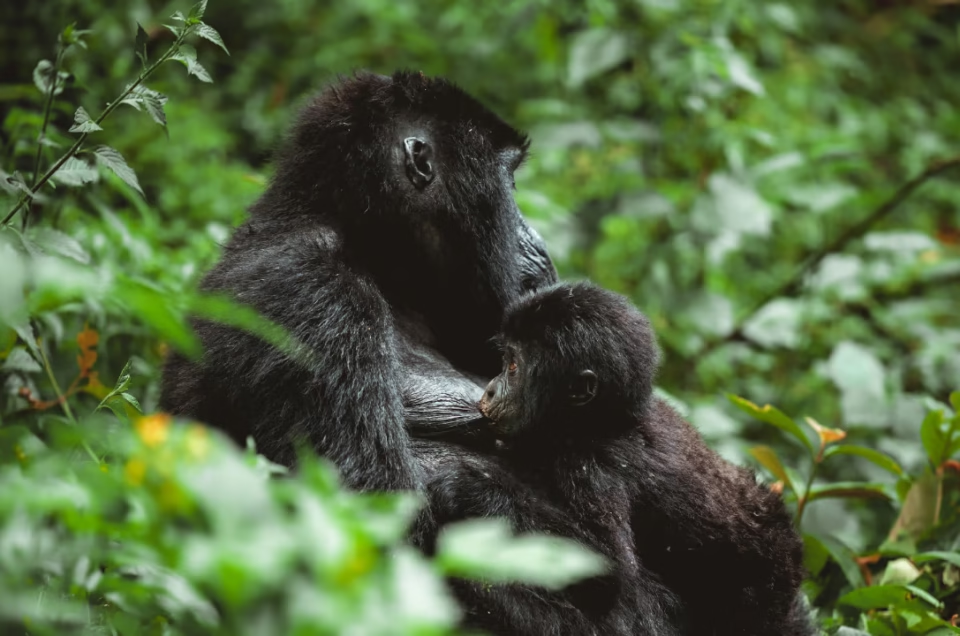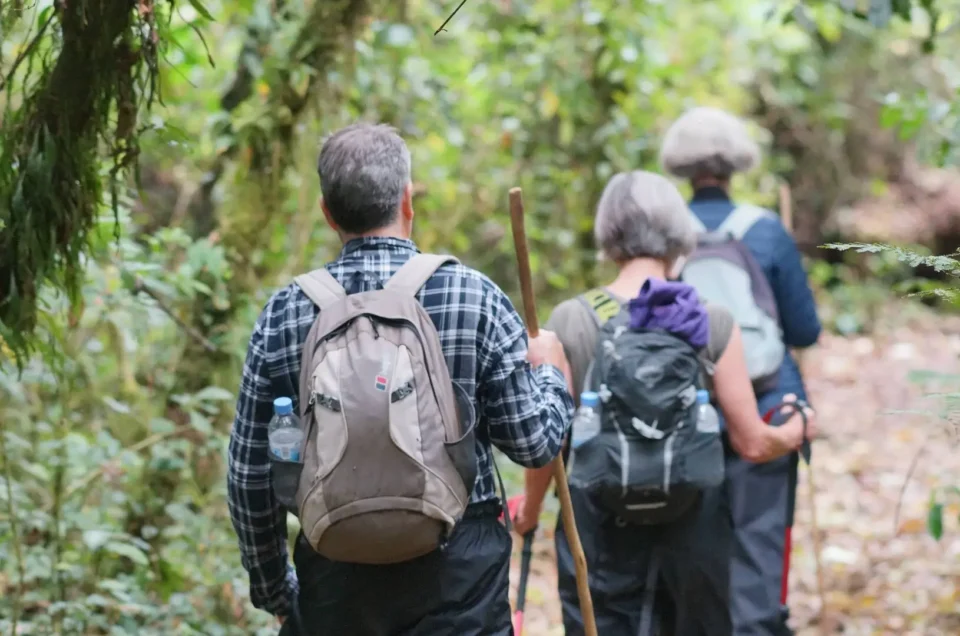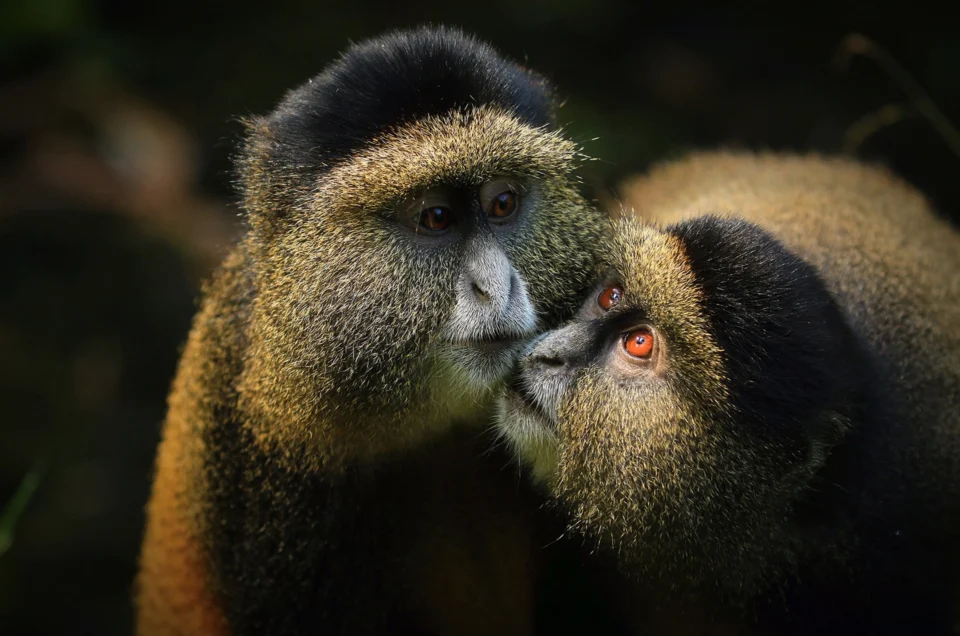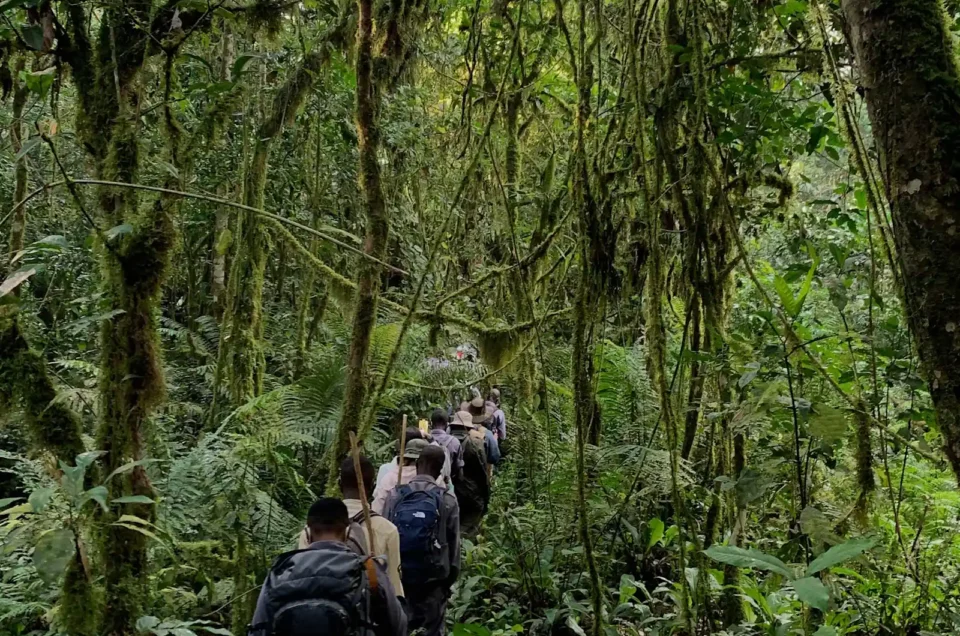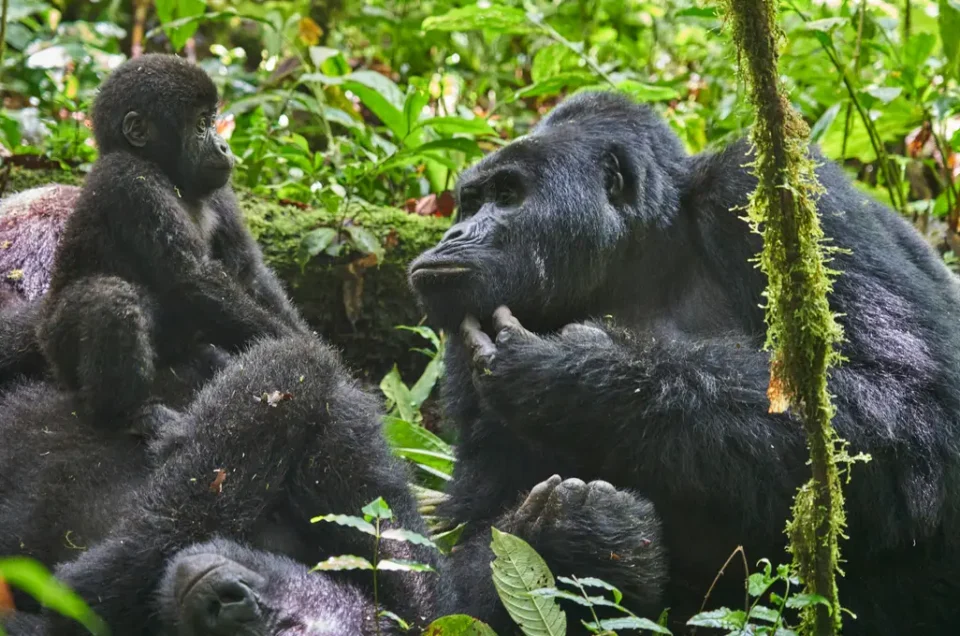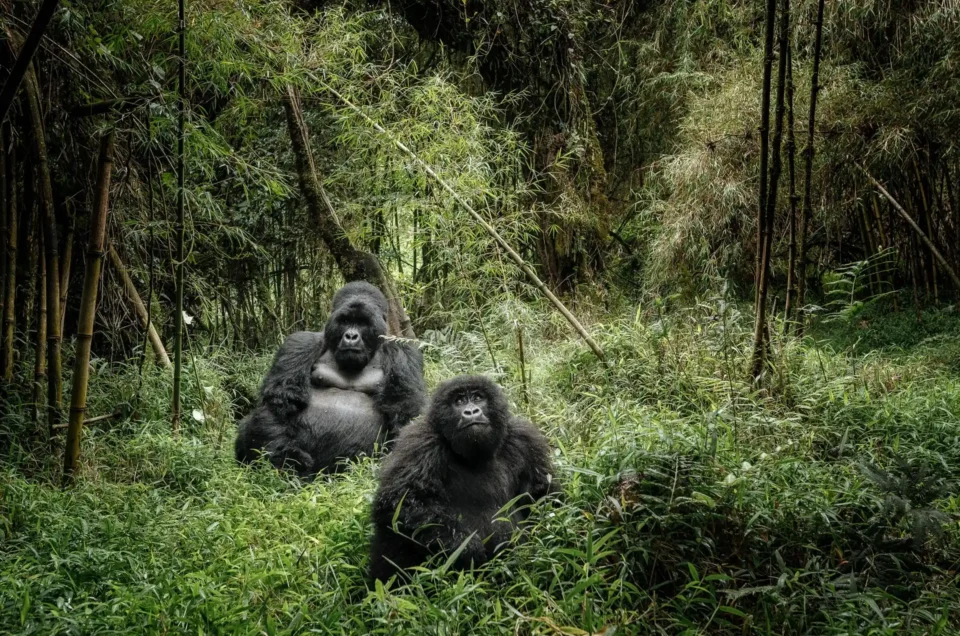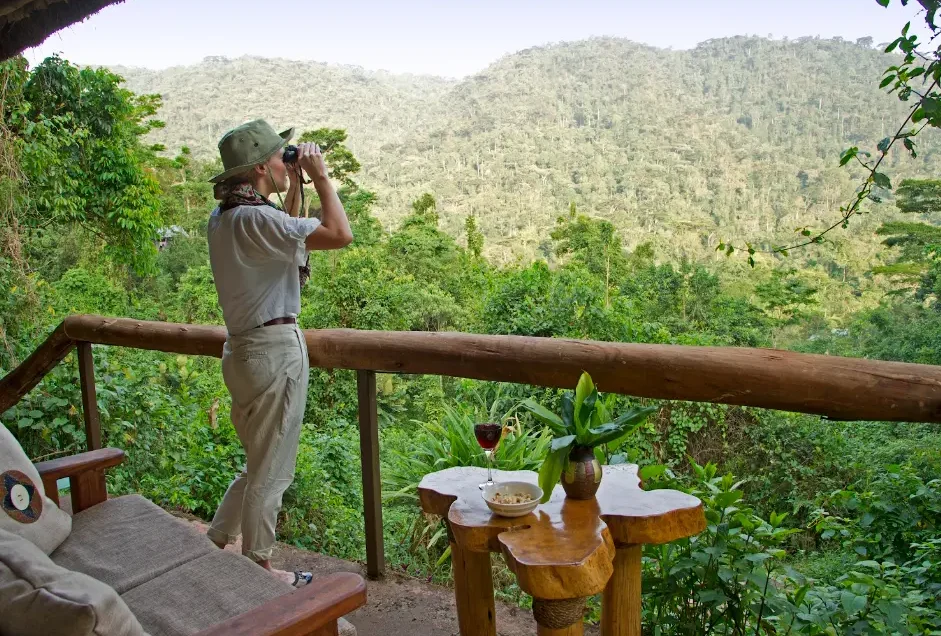Categories
- Accommodation
- Accommodation at Kibale Forest
- Budget accommodation at Kibale
- Budget accommodation in Uganda
- Budget Hotels in Entebbe
- Budget Murchison Falls Accommodation
- Bwindi Guides
- Bwindi National Park Guides
- Entebbe Hotels
- Exclusive Lodges In Murchison Falls National Park
- Exclusive Lodges in Queen Elizabeth National Park
- High End Accommodation At Kibale
- Kibale
- Luxury accommodation at Kibale
- Luxury Accommodation in Queen Elizabeth National Park
- Luxury Hotels In Entebbe
- Luxury Murchison Falls Accommodation
- Midrange accommodation at Kibale
- Midrange Hotels In Entebbe
- Midrange Murchison Falls Accommodation
- Murchison Falls Guides
- Murchison Falls Lodges
- News
- Popular
- Queen Elizabeth Guide
- Queen Elizabeth National Park Accommodation
- Semi-Luxury Entebbe Hotels
- Travel Guide
- Uganda Honeymoon Lodges
- Uncategorized
Uganda Gorilla Trekking Tours
Make A Difference To Uganda's Wildlife
Gorilla Trekking Tours In Uganda
Nothing in the world compares to Uganda gorilla trekking and viewing tours.
Imagine standing just a few meters away from a 200kg male silverback gorilla in the wild. You hear the bamboo crack, branches shake — then, out of the jungle, this massive yet calm giant appears. Your heart races. It’s thrilling, humbling, and completely unforgettable.
Then comes the softer side of the trek — a baby gorilla rolling and somersaulting through the jungle, a mother carefully grooming her young, and a whole family of 20-plus gorillas living their daily lives in Bwindi Impenetrable Forest or Mgahinga Gorilla National Park. This is wildlife at its most real and most beautiful.
Yes, a gorilla trekking permit costs USD$800 — but it’s worth every cent. With only about 1,000 mountain gorillas left, your visit helps protect them from poaching, restores their forest home, and supports local communities. When you join a Uganda gorilla trekking tour, you are not just having an adventure — you’re helping save a species.
Best Gorilla Safari Packages
Securing your gorilla trekking permit
First things first – the gorilla trekking permit. In Uganda, each person must hold an individual permit to do a gorilla trekking adventure. The current cost for a gorilla permit in Uganda is USD$ 800 per person. Aside from being able to trek through the jungle with knowledgeable local guides and spend an hour with a family of amazing mountain gorillas, the cost of your permit goes directly towards protecting this endangered species and their habitat.
Gorilla Viewing Protocols
- Maximum viewing duration of any trekking group is one hour per day.
- Maximum number of guests per gorilla family is eight people.
- No food or drink to be consumed while in the presence of gorillas.
- While you are with the gorillas, please keep your voice low.
- Do not make rapid movements that may alarm them.
- Should you need to sneeze or cough, cover your mouth and turn away from the gorillas.
- If a gorilla should charge or vocalize at you, do not be alarmed, stand still, look away from the gorilla and follow your guide’s instructions.
- The minimum age for gorilla trekking is 15 years – this is for safety reasons and to prevent possible disease transmission as children under this age are more prone to infection.
- Again, to minimize possible transmission of human diseases, visitors are asked to maintain a distance of 21 feet (7 meters) from the gorillas.
- Guests who display cold, flu or other respiratory tract symptoms will not be allowed to join a gorilla trek.
- No flash photography is allowed when taking photos of the gorillas. Please keep your flash turned off.
- Smoking is strictly prohibited.
- Leave nothing behind but your footprints.
By following these IUCN protocols, we reduce stress on gorillas, protect their behaviors, and prevent disease transmission. Responsible tourism is key to sustaining this endangered species and its habitat.
Lets Go Gorilla Trekking
Choose Uganda Safaris offers you exclusive safaris and gorilla trekking experiences.
Frequently asked questions
How safe is gorilla trekking in Uganda?
Gorilla trekking in Uganda is generally very safe, though, like any wildlife experience, it carries some potential risks. This is exactly why the protocols are so thorough and strictly enforced. By following your guide’s instructions, adhering to the park’s rules, and observing all safety protocols, you can enjoy this incredible experience with confidence and peace of mind.
Can children go gorilla trekking?
The minimum age for a gorilla trekking in Uganda is 15 years old, as the trek can be physically challenging for younger children. This age restriction also helps ensure safety and minimizes the risk of disturbing the gorillas during the experience
How fit do you have to be to go gorilla trekking?
A basic level of fitness is required for gorilla trekking, but the park guides ensure you are assigned a trek suited to your abilities. Simply communicate your fitness level, and you will be matched with a gorilla family based on their location and the terrain. During the trek, you will be provided with a walking stick for support, and you have the option to hire a porter from the park to assist you along the way.
Permits
What is a gorilla trekking permit?
A gorilla trekking permit is an official pass issued by the Uganda Wildlife Authority (UWA) that allows you to take part in a gorilla trekking experience. Each gorilla trekking permit costs USD $800 per person, with the proceeds directly supporting the preservation and expansion of mountain gorilla habitats, anti-poaching initiatives, and other vital conservation efforts.
How do I get a gorilla trekking permit?
Gorilla trekking permits in Uganda can only be booked through a licensed Uganda tour operator. When you book your trip with Choose Uganda Safaris, our Travel Designers will gladly assist you in securing your permit well in advance of your adventure.
How many permits can I get?
Most travelers book a single permit, but some guests choose to purchase multiple permits to enjoy a gorilla trek on each day of their stay, as every encounter is unique. This provides the chance to visit different gorilla families, each with its own fascinating history and social dynamics.
Best time for gorilla trekking in Uganda
What is the weather like in Uganda?
Uganda’s location on the equator gives it a generally warm and stable climate year-round, with relatively little variation in temperature. Bwindi Impenetrable National Park, in particular, has a mild but wet climate. Daytime temperatures typically hover around 22°C (72°F), dropping to about 12°C (54°F) at night.
When is the rainy season in Uganda?
March to May
October and November
When is the rainy season in Uganda?
June to September
December to February
How does the rain affect a gorilla trekking safari?
Much of your gorilla trek takes place under forest canopies, so light rain is rarely an issue. In the event of heavier rain, your guide—or a hired porter—will assist you throughout the trek. It’s worth noting that no trek has ever been canceled due to rain. Be sure to pack a poncho or light rain jacket and sturdy hiking shoes to stay comfortable on the trail.
What a Gorilla Habituation Experience?
The gorilla habituation experience in Bwindi is a truly unique opportunity for wildlife enthusiasts. Unlike regular treks, this activity allows a small group of just four tourists per day to spend up to four hours with semi-habituated gorilla families. Because these gorillas are not yet fully accustomed to human presence, sightings can be more challenging, and the animals often keep their distance, making the experience even more exclusive and authentic. This special encounter is priced at USD $1,500 per person.

Trekking Gorillas Through The Rainforest Jungle
While mountain gorilla encounters are the highlight for many travelers, the journey through Uganda’s wild rainforests is unforgettable in its own right.
Mgahinga Gorilla National Park is part of the majestic Virunga Massif, a chain of eight volcanoes, three of which—Sabyinyo, Gahinga, and Muhabura—define the park’s striking landscape.
Bwindi Impenetrable National Park, meanwhile, is one of the oldest rainforests on Earth, a lush, primeval jungle that has thrived for millennia, offering trekkers a truly immersive experience in nature.
- During the briefing session, you’ll be introduced to your dedicated ranger, an expert in the local environment, gorilla behavior, and safety protocols.
- You will also meet two scouts who accompany your group—one walking ahead to lead the way, and one at the rear to ensure everyone’s safety.
- Each trekking group benefits from the work of pre-deployed trackers, who head into the rainforest well before your arrival to locate the gorilla families and anticipate their movements.
- Trekking groups are assigned a specific gorilla family based on several factors: the distance from the park boundary, the difficulty of the terrain, and the age and fitness level of participants, which you communicate to your guide upon arrival.
- Porters, who can be hired to assist with carrying gear, play an essential role in your trek. While you may not strictly need their help, employing them supports their livelihoods and has a meaningful impact on local communities. Many porters were once poachers who have since embraced conservation, turning their knowledge of the forest into a force for protecting these endangered animals. This reflects the profound positive, trickle-down effect that gorilla trekking tourism was designed to create—for both wildlife and people
Meeting the gorillas
Now comes the most exciting part—seeing the gorillas. Once your guide finds your gorilla group, it is very important to follow their instructions. They know the best way to get close without scaring the gorillas.
The hour you spend with the gorillas may feel very short or very long, or even both. Gorillas are very similar to humans. They have the same bones and organs, and their eyes and emotions can feel very familiar. Watching how they care for their babies is something you will instantly recognize. Seeing these endangered animals in the wild is an amazing and unforgettable experience.
With just over 1,000 mountain gorillas left in the world, it is a good idea to put the camera down sometimes and just enjoy the moment. If you have multiple permits, you can spend one trek taking photos and another fully enjoying the experience. Being near baby gorillas is especially heartwarming—not just because they are cute, but because it shows the wonder of these incredible animals.
What other activities are available at Uganda Gorilla Parks?
1. Golden Monkey Tracking
Golden monkeys are another endangered and fascinating primate species found only in the Virunga Mountains. Watching them in their natural habitat is a memorable experience and a perfect addition to your gorilla trekking adventure.
- Golden monkey trekking permits in Mgahinga Gorilla National Park cost USD $60 per person and are available for adults and children aged 12 and above.
- Permits are generally easier to obtain than gorilla trekking permits.

2. Cultural Experiences
Visiting Bwindi and Mgahinga also a chance to meet the people who have lived near these forests for centuries. The Batwa Pygmies, once hunter-gatherers inside the forest, now share their culture through guided walks. You can learn how they hunted, gathered wild honey, made fire, and used forest plants for medicine. Listening to their songs and stories gives you a rare look into what life was like before the parks were created.
You can also take community village walks to meet local farmers, craft makers, and traditional healers. These visits may include watching basket weaving, joining in local cooking classes, or visiting a school. These activities not only teach you about local life but also help support the families who live around the parks, making tourism good for both people and wildlife.
3. Volcano Hiking & Nature Walks
A guided nature walk in Bwindi is a fantastic way to explore the park’s rich ecosystem. Trails range from about 4 to 10 kilometers, leading you through dense rainforest, bamboo groves, and open glades. Along the way, you may encounter giant forest hogs, red-tailed, blue, and colobus monkeys, baboons, and sometimes even chimpanzees. Walking with a knowledgeable ranger turns the experience into a fascinating lesson about the forest’s wildlife and plants.
Mgahinga is set against the dramatic backdrop of the Virunga Volcanoes, three of which—Muhavura (4,127 m), Gahinga (3,474 m), and Sabinyo (3,645 m)—tower over the park. Hiking here is a favorite activity, with options ranging from short, gentle nature walks to challenging full-day climbs to the volcanic summits. From the top, you can take in sweeping views across Uganda, Rwanda, and the Democratic Republic of Congo.
4. Birding Walks
Bwindi is considered Africa’s top forest birding destination, home to over 350 bird species—including 24 found nowhere else on Earth. Guided by a knowledgeable local expert, you’ll explore the forest in search of its most remarkable residents, from the vibrant African green broadbill to the dazzling African emerald cuckoo and the brilliantly colored African pitta. Whether you are an experienced birder or simply curious to spot something new, these walks offer an unforgettable glimpse into the park’s rich birdlife.
4. Lakes Mutanda & Bunyonyi
Located close to Uganda’s gorilla parks, Lakes Bunyonyi and Mutanda are two of the country’s most scenic spots. Both are formed from submerged river valleys naturally dammed by lava flows from the Virunga Mountains and are surrounded by steep, terraced hillsides dotted with forested islands.
Uniquely, both lakes are considered safe for swimming—there are no crocodiles, hippos, or bilharzia (a common snail-borne disease found in lower-altitude lakes).
The main difference between the two is their level of development. Lake Bunyonyi is a popular post-safari relaxation spot, offering a wide range of resorts for all budgets and preferences.
Lake Mutanda, on the other hand, has a more remote, tranquil feel, with just a few intimate mid-range and upmarket lodges. Activities on both lakes include canoeing, boat cruises, swimming, and hiking. And if you need one more reason to visit, the sunset views across Lake Mutanda toward the Virunga Volcanoes are among the most spectacular in all of Africa.
Read Our Blogs
Our Trusted Partners


